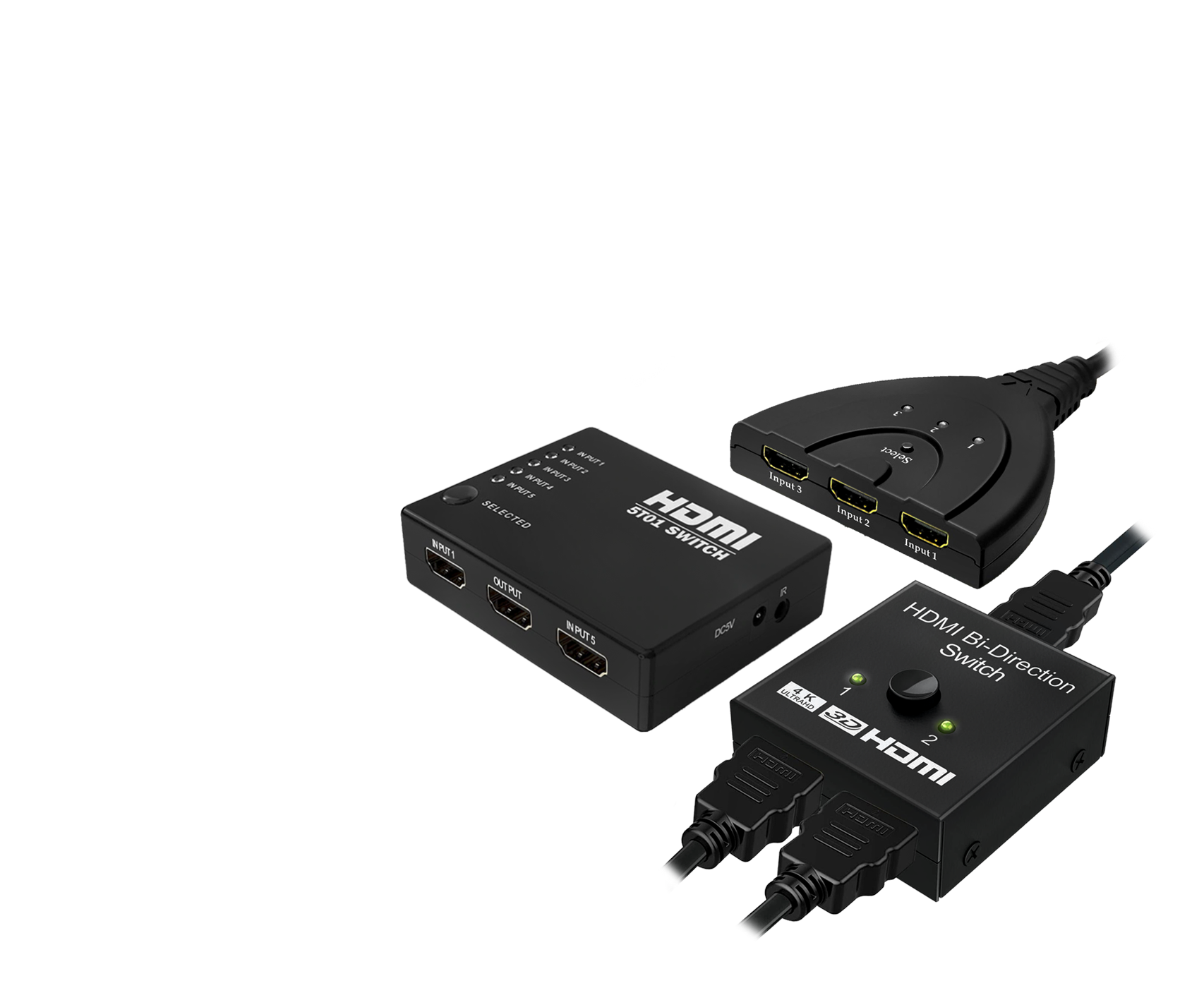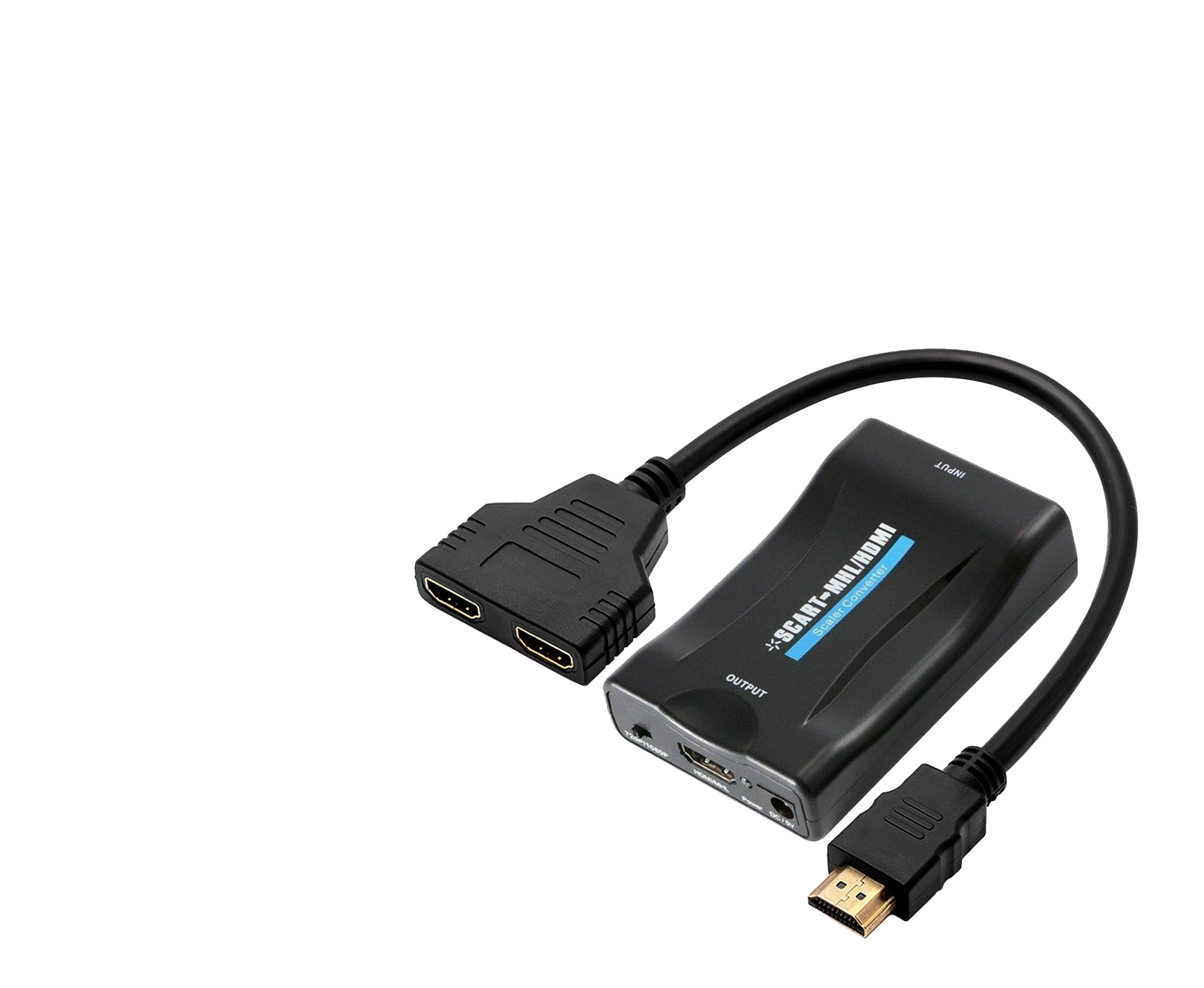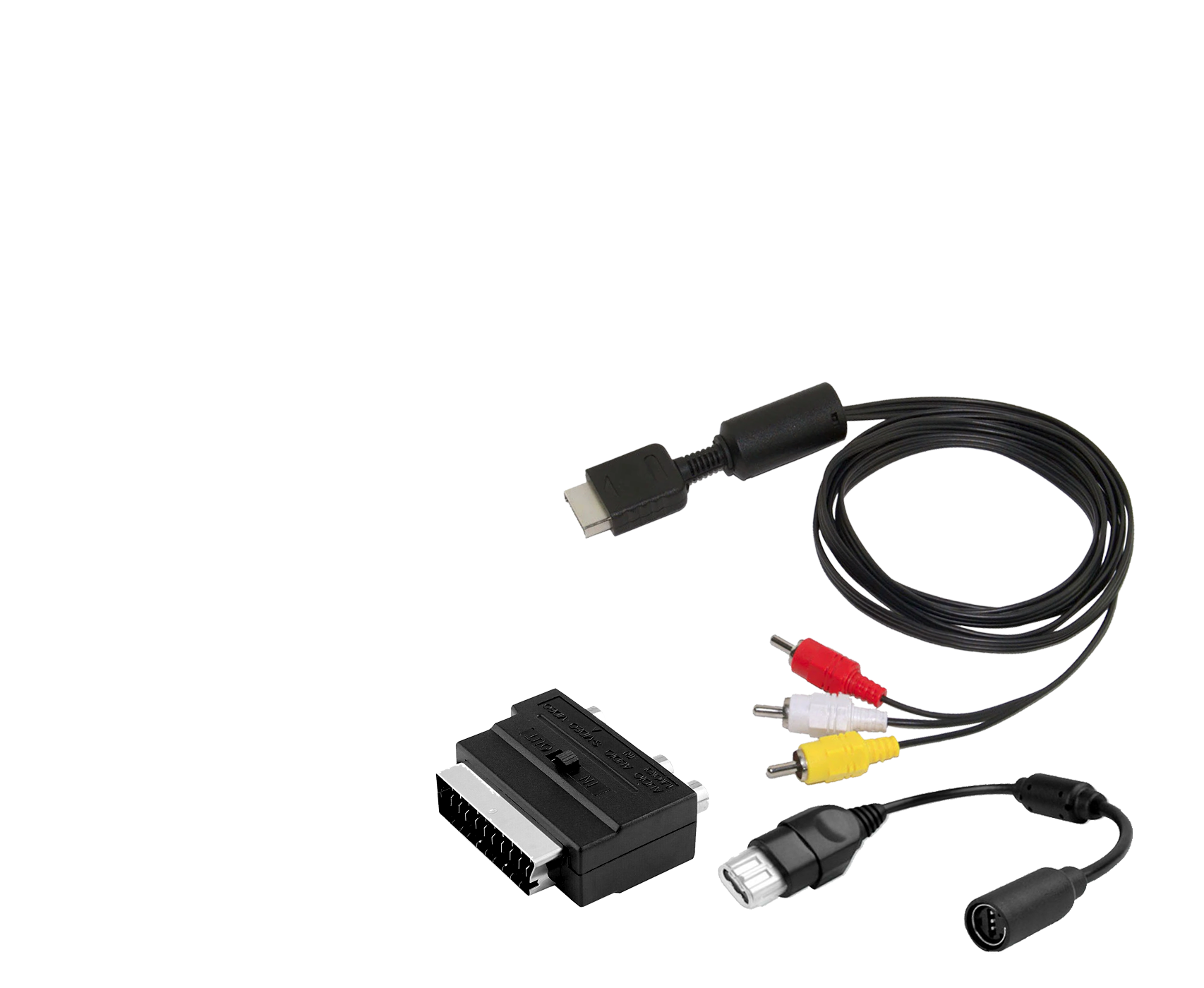Whether you’re an athlete, a fitness enthusiast, or someone dealing with knee pain due to injury or arthritis, knee support can be a game-changer. Knee supports, also known as knee braces or knee sleeves, provide stability, reduce pain, and prevent injuries, allowing you to maintain an active lifestyle. In this blog, we’ll explore the benefits of knee support, the different types available, and how to choose the right one for your needs.

What is Knee Support?
Knee support devices are designed to provide stability and compression to the knee joint. They can help manage pain, enhance performance, and prevent injuries by offering varying levels of support and protection. These supports range from simple sleeves to complex braces with hinges and straps.
Benefits of Knee Support
- Pain Relief:
- Knee supports can alleviate pain from conditions like arthritis, tendinitis, and minor injuries by providing gentle compression and warmth to the affected area.
- Injury Prevention:
- For athletes and active individuals, knee supports can help prevent injuries by stabilizing the knee joint and reducing the risk of strains and sprains.
- Enhanced Performance:
- By providing additional support and stability, knee supports can help improve your performance in sports and physical activities, giving you confidence and reducing fatigue.
- Post-Injury Recovery:
- After an injury or surgery, knee supports can aid in recovery by limiting movement that could cause further damage, while still allowing for controlled mobility.
- Swelling Reduction:
- Compression from knee supports can help reduce swelling and inflammation, promoting faster recovery and comfort.

Types of Knee Support
- Knee Sleeves:
- Material: Usually made from neoprene or a similar stretchy material.
- Use: Provides compression and mild support. Ideal for minor pain relief and mild conditions like arthritis.
- Advantages: Easy to wear, lightweight, and good for daily use.
- Knee Braces:
- Material: Often includes metal or plastic hinges and straps for added stability.
- Use: Offers moderate to high support for more serious injuries, such as ligament tears or post-surgery recovery.
- Advantages: Adjustable support, customizable fit, and robust protection.
- Patella Stabilizers:
- Material: Typically includes straps or pads that provide targeted support around the kneecap.
- Use: Helps with patellar tracking issues and provides additional stability.
- Advantages: Focused support for the patella, can relieve anterior knee pain.
- Hinged Knee Braces:
- Material: Features metal or plastic hinges along the sides of the brace.
- Use: Provides maximum support and stability, especially for severe ligament injuries.
- Advantages: High level of protection, ideal for post-surgery recovery, and serious injuries.
- Compression Wraps:
- Material: Elastic wraps that can be adjusted for compression.
- Use: Versatile support for various activities and conditions.
- Advantages: Adjustable compression, suitable for different levels of support.

Choosing the Right Knee Support
- Identify Your Needs:
- Determine the primary reason you need knee support. Is it for pain relief, injury prevention, post-injury recovery, or enhancing athletic performance?
- Consider the Level of Support:
- Mild Support: Knee sleeves for minor pain relief and daily activities.
- Moderate Support: Basic knee braces for moderate pain and instability.
- High Support: Hinged knee braces and patella stabilizers for serious injuries and post-surgery recovery.
- Check for Comfort and Fit:
- Ensure the knee support fits well and is comfortable to wear for extended periods. Look for adjustable straps and breathable materials.
- Look for Durability:
- Choose knee supports made from high-quality materials that can withstand regular use and washing.
- Consult a Professional:
- If you have a significant injury or condition, consult with a healthcare professional or physiotherapist to get personalized advice on the best knee support for your needs.

How to Use Knee Support Effectively
- Follow Instructions:
- Always follow the manufacturer’s instructions for fitting and wearing the knee support to ensure optimal effectiveness.
- Wear During Activities:
- Use knee support during physical activities that strain your knee, such as sports, exercise, or heavy lifting.
- Regular Maintenance:
- Keep your knee support clean and inspect it regularly for wear and tear. Replace it if it loses its elasticity or structural integrity.
- Listen to Your Body:
- If you experience increased pain or discomfort while using the knee support, consult a healthcare professional.









